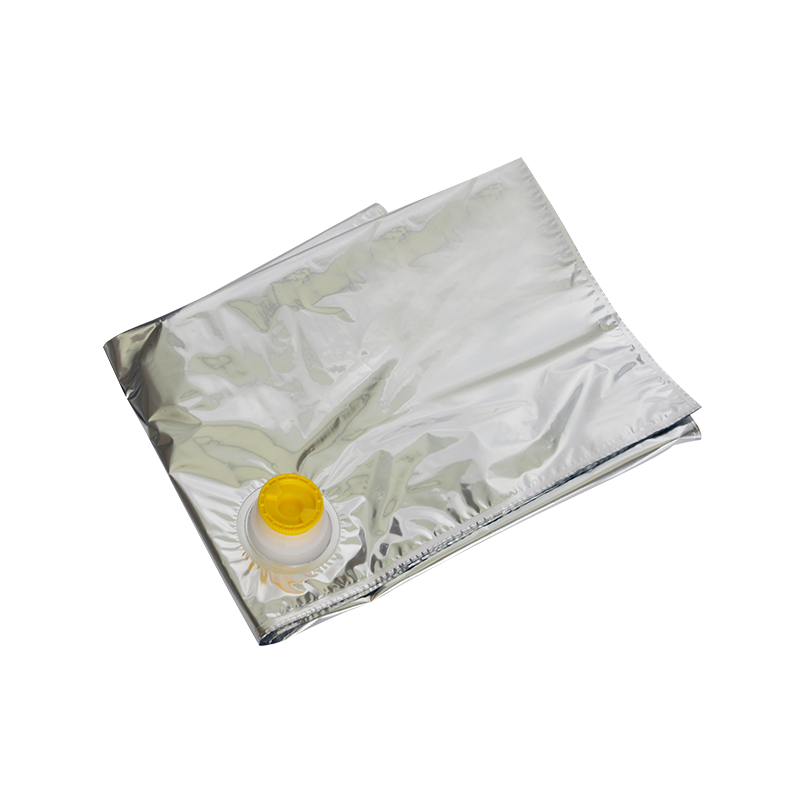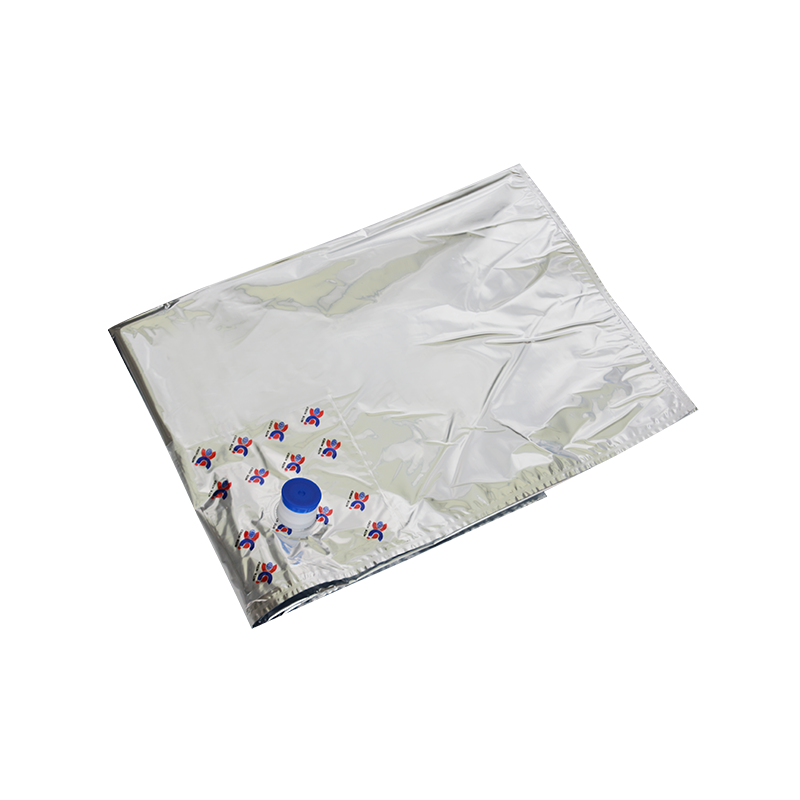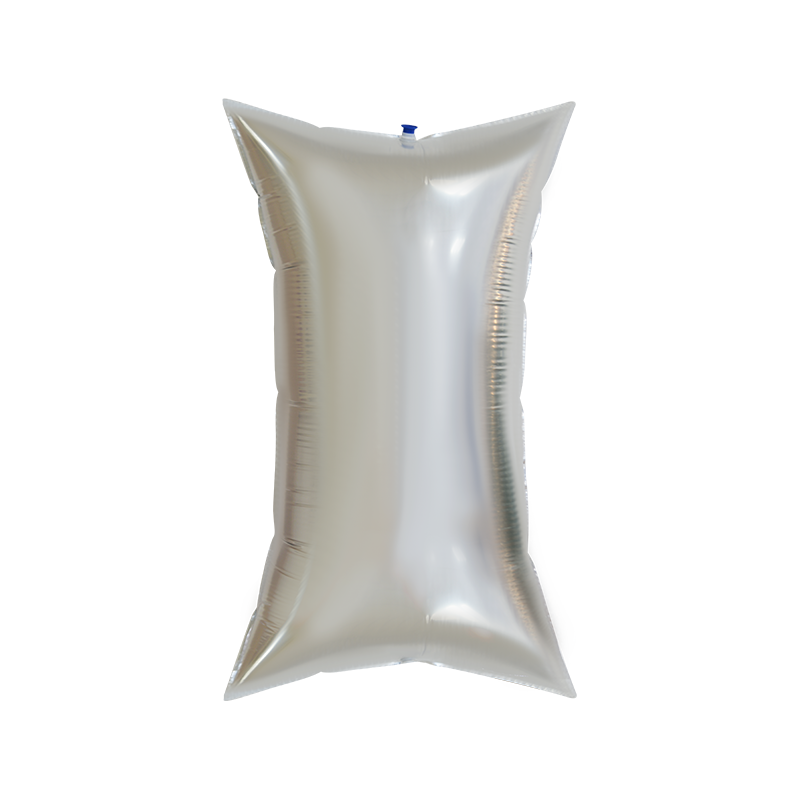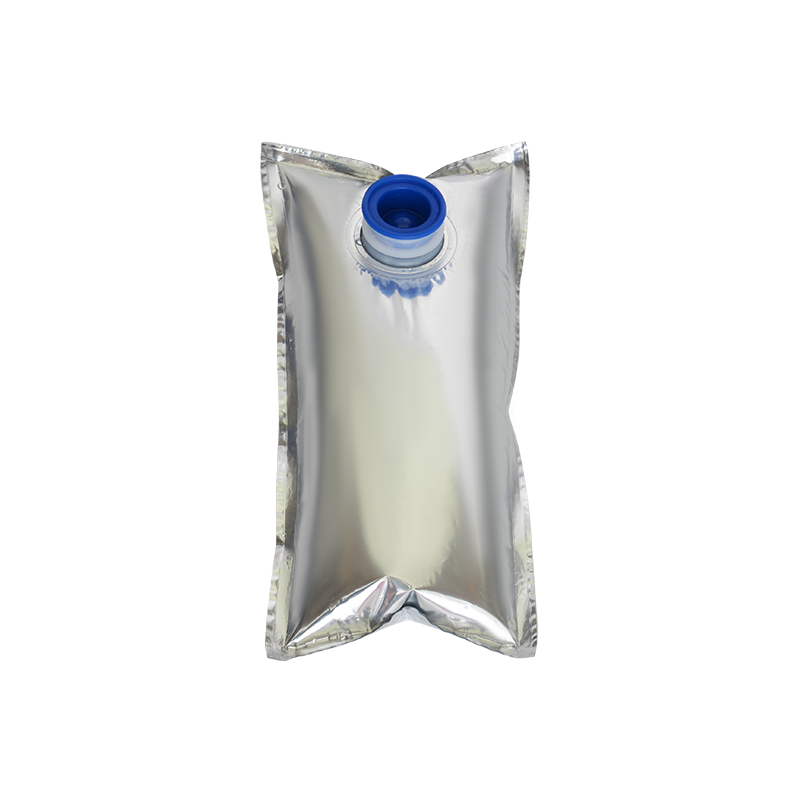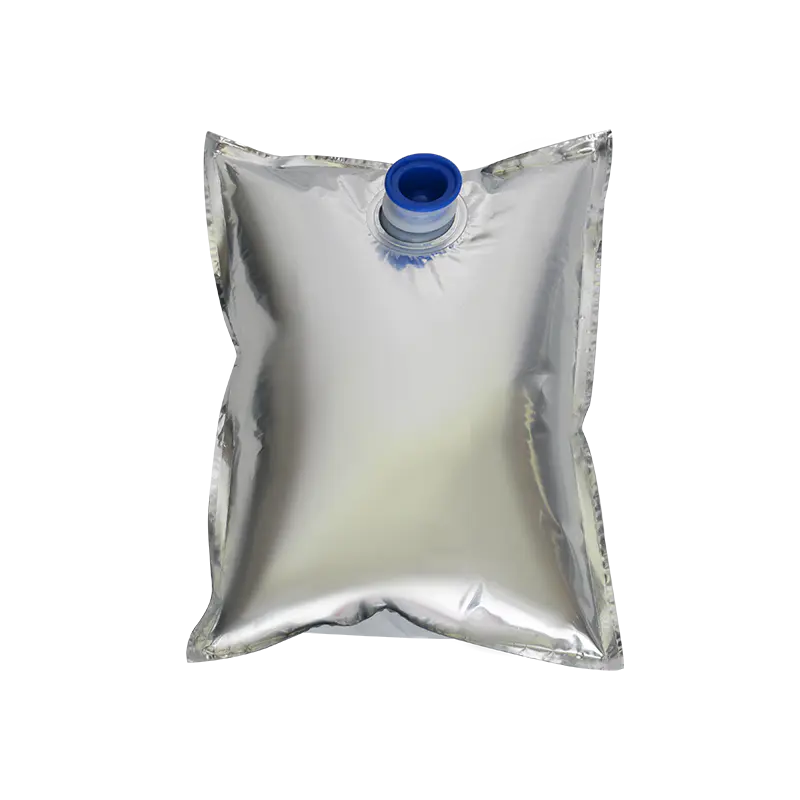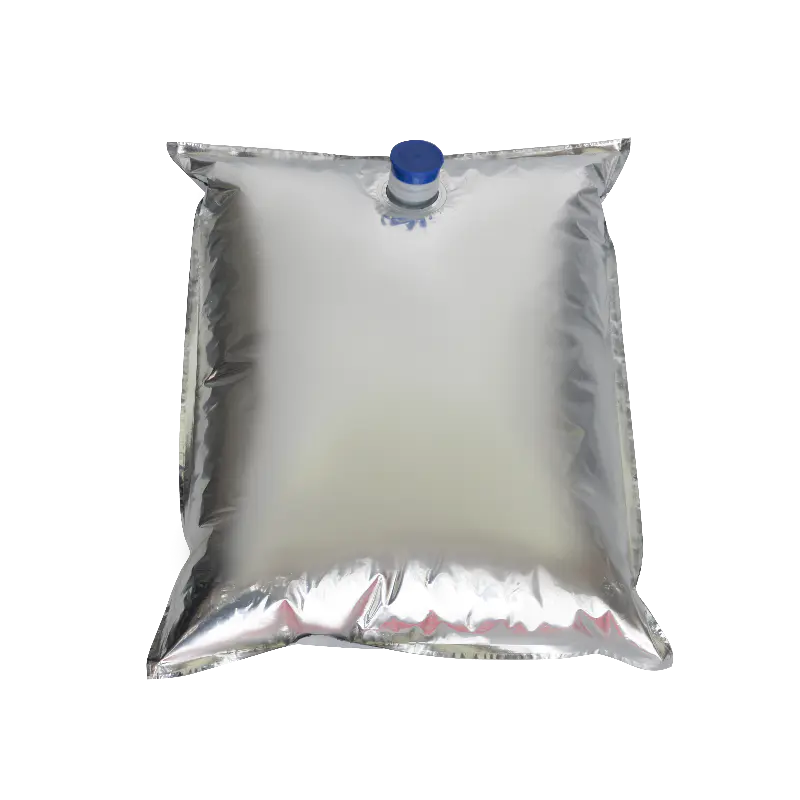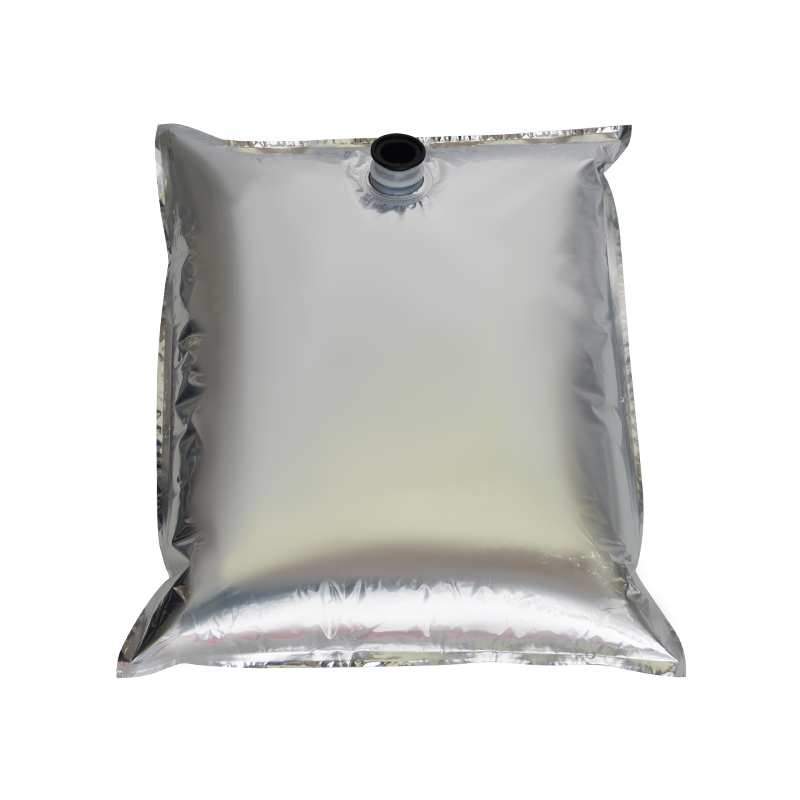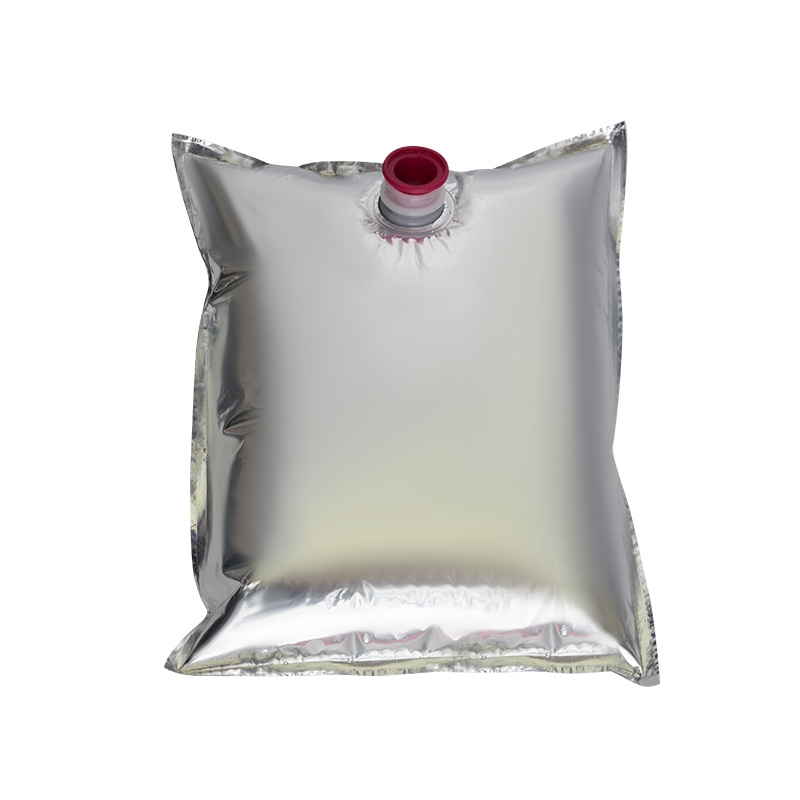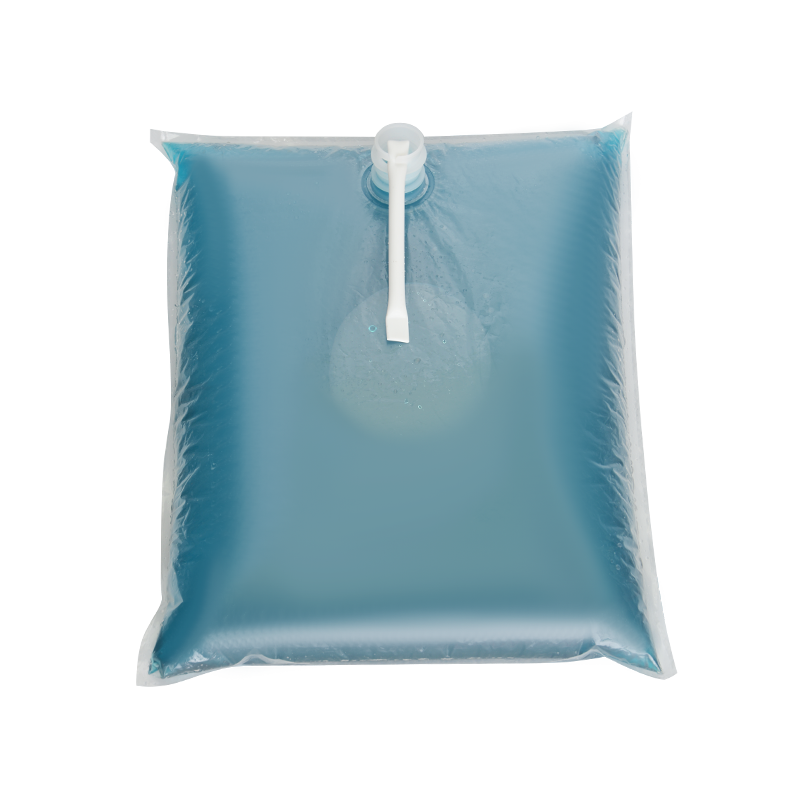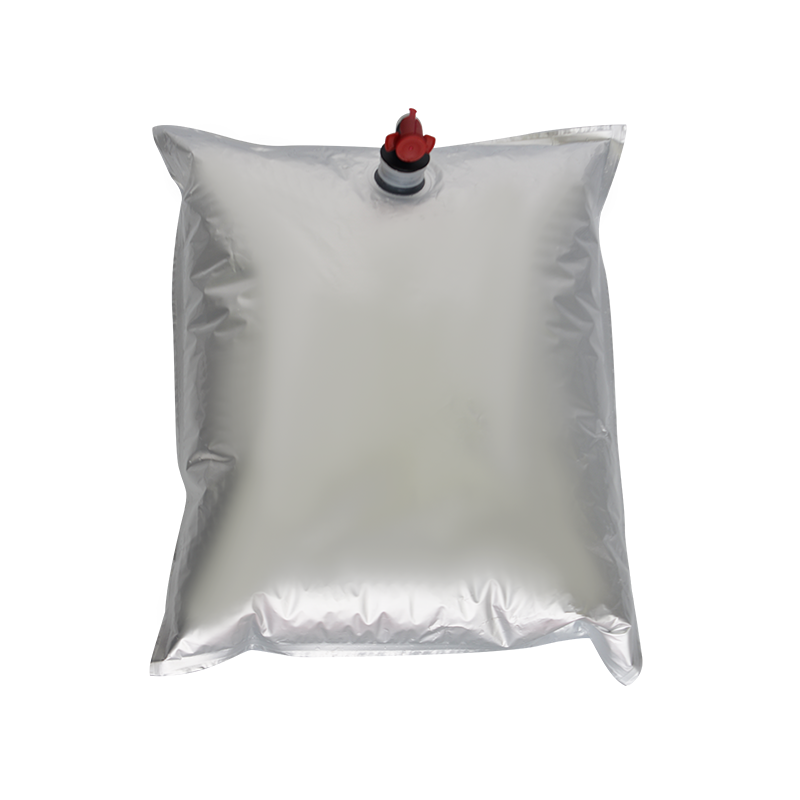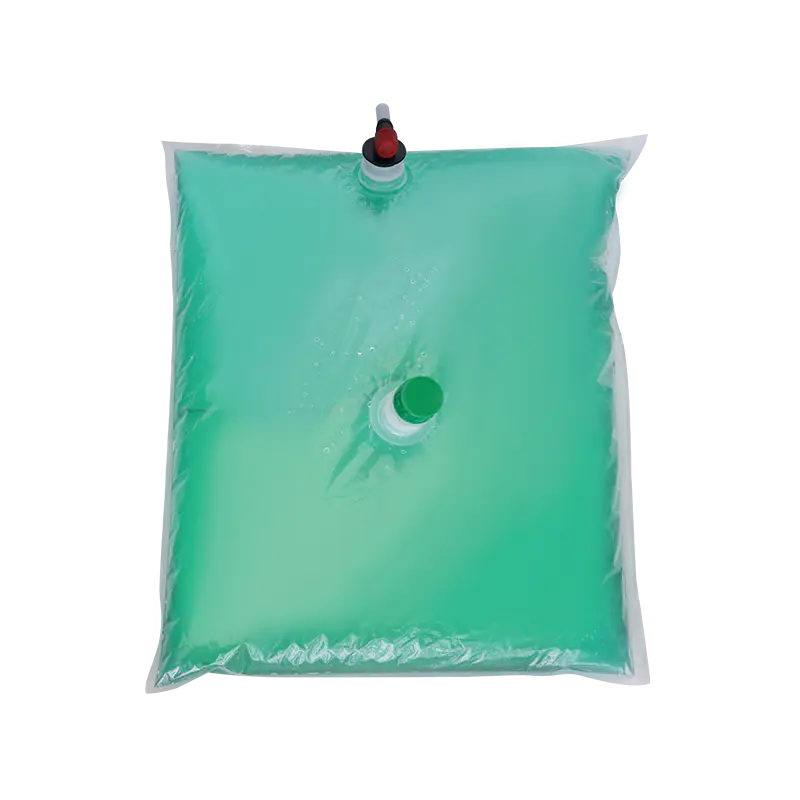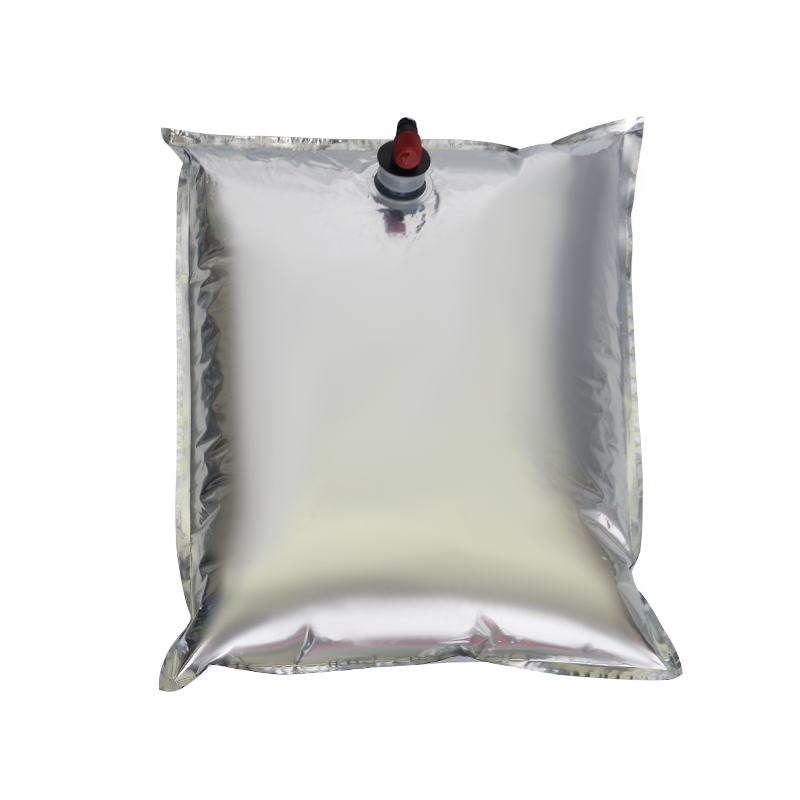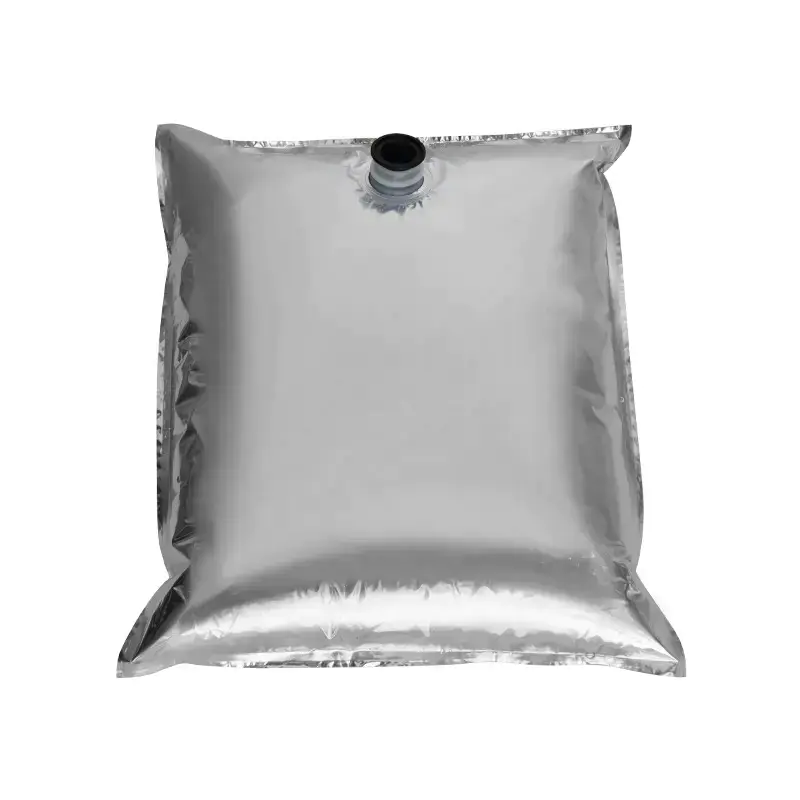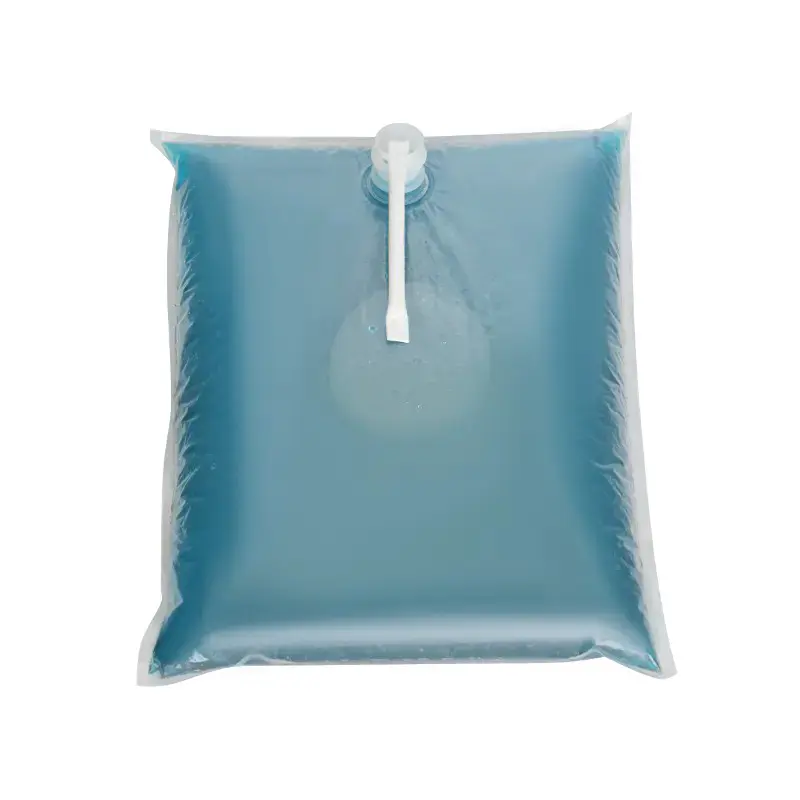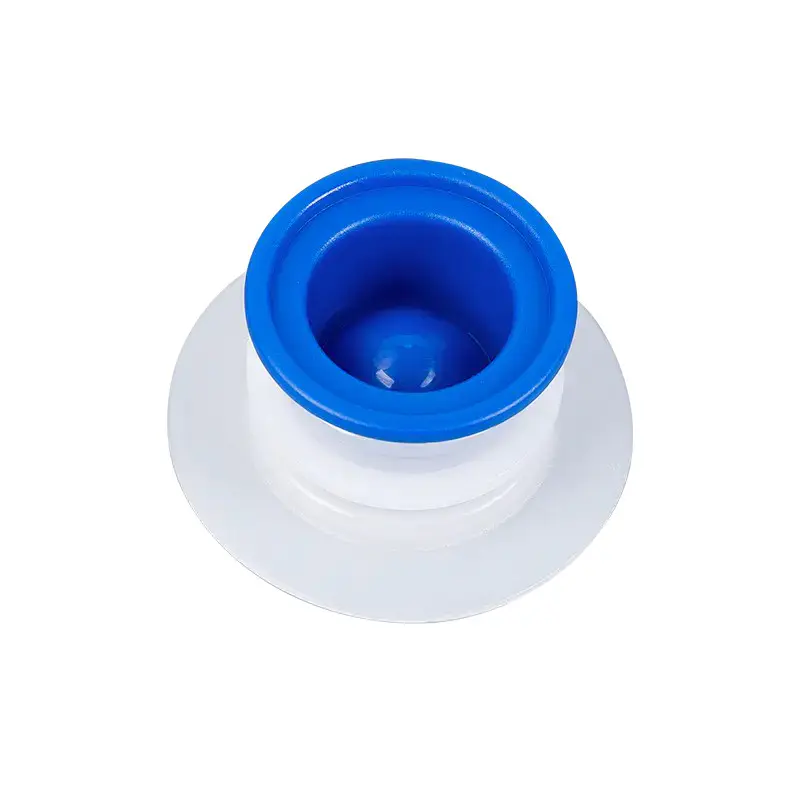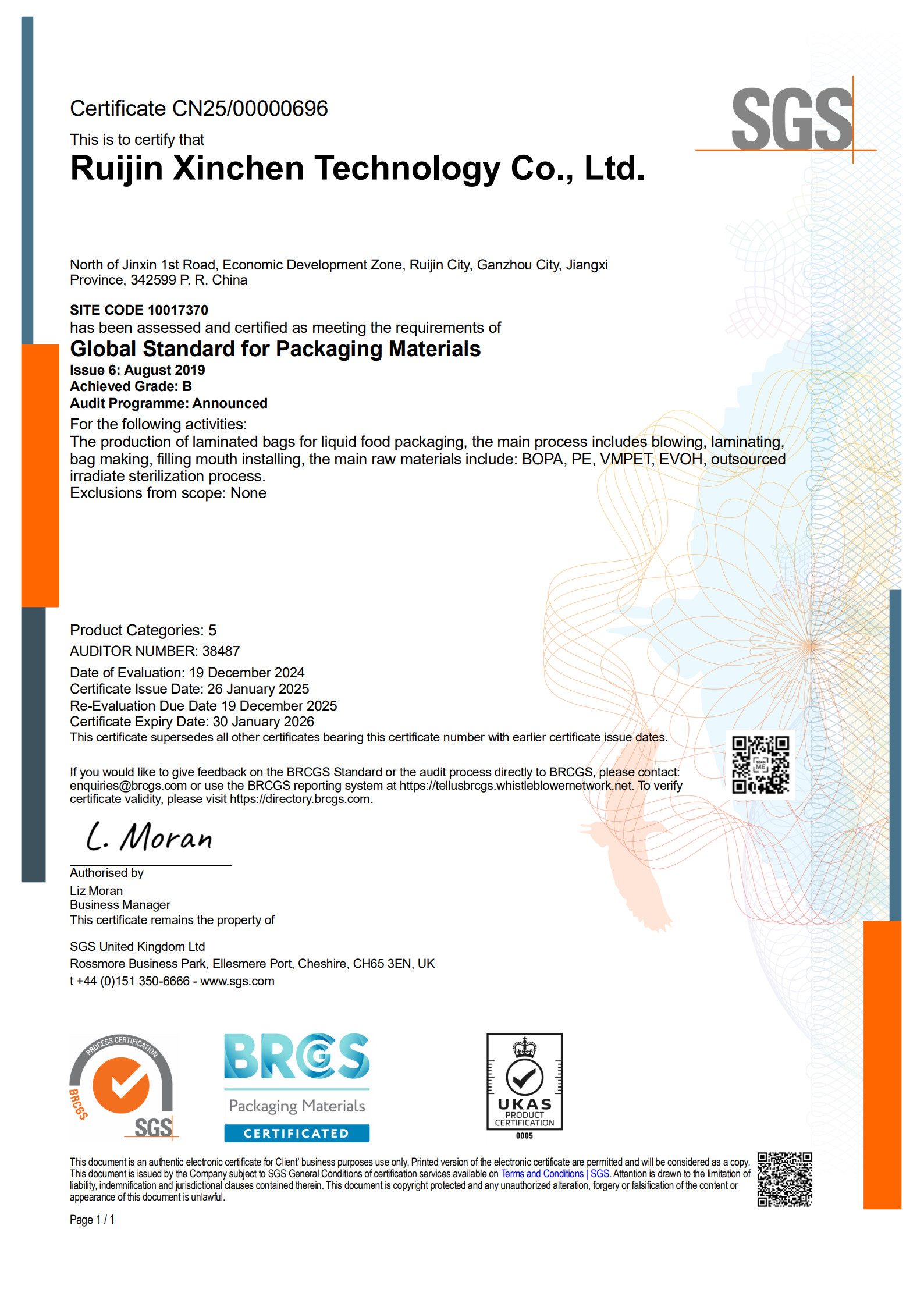
In the field of modern liquid packaging, Bag In Box technology is gradually replacing traditional packaging and becoming the new favorite in the food, beverage, chemical and other industries with its high efficiency, environmental protection and freshness preservation. In this technical system, Bag In Box Liquid Valve is a key component for controlling the in and out of liquids, and its performance directly determines the practicality and reliability of the entire packaging system.
From function to principle: the "heart" role of liquid valve
Bag in Box packaging consists of three parts: the outer carton, the inner flexible packaging bag and the valve. The valve is the only channel connecting the packaging with the outside world, and it undertakes the three core functions of sealing, diversion and pollution prevention. Its working principle seems simple: through the mechanical structure or material properties inside the valve, the liquid can be accurately switched between the "outflow" and "sealed" states. When external pressure is applied (such as squeezing the packaging bag), the valve channel opens and the liquid flows out smoothly; after the pressure disappears, the channel automatically closes to prevent air from entering and liquid leakage.
But in fact, this process involves precise fluid mechanics design. High-quality liquid valves need to meet the balance of "low resistance outflow" and "high sealing": on the one hand, the liquid should flow out smoothly under low pressure to avoid excessive residue; on the other hand, it is necessary to ensure that it can maintain absolute sealing during transportation and storage, even if it is vibrated or tilted, to prevent oxidation, deterioration or leakage pollution. For example, food-grade valves usually use food-contact grade silicone or LDPE materials, and their elastic coefficients are specially formulated to ensure a tight fit when closed and reduce the resistance of liquid flow when opened.

Technical classification: Valve selection guide for different scenarios
Depending on the application scenario, Bag In Box Liquid Valve can be divided into three categories, each of which has its own unique technical focus:
1. Manual opening valve: a balance between convenience and cost
This type of valve is the most common basic model, usually opened by rotation or pressing, and is suitable for consumption scenarios such as home-packed juice and wine. Its core advantage lies in low cost and easy operation. The top of the valve is mostly designed as a screw cover or flip cover structure, which can be easily used by users without additional tools. To improve the sealing performance, some products will add silicone sealing rings at the interface, and form double protection with the thread design, which can maintain good performance even after multiple openings.
2. One-way check valve: a backflow prevention tool for industrial scenes
In large-scale catering, food processing and other industrial scenes, one-way check valves are more suitable. It is equipped with an elastic valve inside, and the liquid can only flow from the bag to the outside, and it will automatically close in the opposite direction, effectively preventing the backflow of external air and impurities. For example, the concentrated juice box bag used in the coffee shop is connected to the coffee machine pipeline through a one-way valve, which can not only ensure the accuracy of quantitative extraction, but also avoid the loss of flavor caused by the contact between juice and air. The design focus of this type of valve is "response speed", which must ensure that it is closed immediately when the liquid stops flowing to minimize the risk of oxidation.
3. Aseptic valve: strict standards for high-end industries
For fields with extremely high sterility requirements such as dairy products and medicinal liquids, aseptic valves use special heat sealing processes and antibacterial materials. During the production process, the connection between the valve and the packaging bag is sealed by aseptic heat sealing technology to avoid microbial contamination; silicone with antibacterial properties is used inside the valve to inhibit bacterial growth. Aseptic valves are usually used with filling machines. They are sterilized by ultraviolet or high temperature before filling to ensure that the entire packaging system meets commercial sterility standards. The cost of such products is relatively high, but they can meet the stringent requirements of a shelf life of up to 6-12 months and are the first choice for high-end liquid products.

Although the Bag In Box Liquid Valve is small in size, it is the "last mile" key to the popularization of bag-in-box technology. From home kitchens to industrial production lines, from ordinary beverages to precision chemicals, every improvement in its performance is driving liquid packaging towards a more efficient, environmentally friendly and intelligent direction. For companies, choosing the right valve can not only reduce packaging costs and losses, but also enhance product competitiveness by improving user experience.

 English
English русский
русский